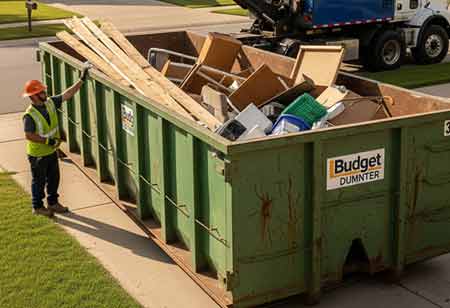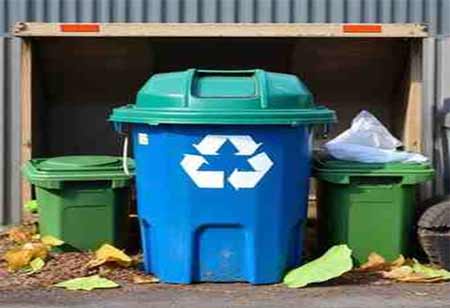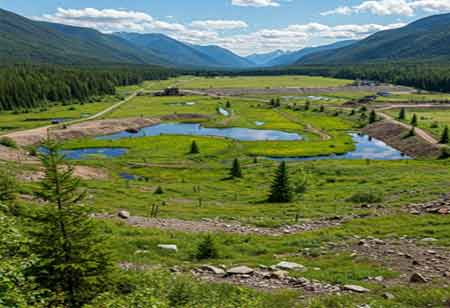Thank you for Subscribing to Environmental Business Review Weekly Brief
A Comprehensive Look at Carbon Credits
The carbon credit system is one tool used in the fight against climate change. The nations who came together to create the Kyoto Protocol implemented a system

By
Environmental Business Review | Thursday, April 11, 2024
Stay ahead of the industry with exclusive feature stories on the top companies, expert insights and the latest news delivered straight to your inbox. Subscribe today.
This article provides an in-depth look at carbon credits, including their benefits, how they are calculated, and how they can be used to reduce emissions.
Fremont, CA: The carbon credit system is one tool used in the fight against climate change. The nations who came together to create the Kyoto Protocol implemented a system of rewards and punishments for the industries that pollute the most to push them to avoid, decrease, and "compensate" their emissions of greenhouse gases (GHGs) and help the world reach carbon neutrality by the year 2050.
Companies have voluntarily established a carbon commitment in order to contribute to this global objective. However, why pursue carbon credits? The upkeep of the economic system that benefits us depends on this responsible endeavor. Everybody can help lessen the burden of the carbon debt we are putting on the world's future by doing their part, according to their ability.
Carbon Credits
A carbon credit is a value of trade in the voluntary and regulated carbon markets. The participating states created a quota system after the Kyoto Protocol, establishing a cap on greenhouse gas emissions for businesses in the most polluting industries.
Initially designed for the industries with the highest emissions, these carbon credits were eventually made available voluntarily to businesses who wished to contribute to global carbon neutrality without being compelled to do so. This allowed the companies to showcase their ethical practices.
Its guiding idea is that any person, organization, or community can finance initiatives that lower greenhouse gas emissions worldwide. One hundred ninety million tonnes of CO2 equivalent were sold on the voluntary carbon market worldwide in 2020. The voluntary carbon offset market surpassed the landmark one billion dollar level in worldwide value in November 2021.
Claiming a Carbon Credit
One ton of carbon dioxide (or equivalent to another greenhouse gas (CO2eq) avoided or sequestered) equals one carbon credit. A carbon credit can be obtained for any project that avoids or sequesters one ton of CO2eq and is confirmed by an established, impartial third party, as long as it satisfies the following criteria:
Additionality:
This is predicated on the idea of a project that shows how its implementation will affect GHG emissions and a plausible baseline scenario, which is what would occur if no action was taken.
So, reducing GHG emissions can result in the acquisition of carbon credits (also known as "avoidance credits"). Take the installation of a wind turbine, for instance. In this case, producing electric energy from fossil fuels (petrol, carbon, gas, etc.) is a reasonable baseline. Our objective would be to use wind turbines to generate the same amount of electricity as fossil fuels. The two emit different amounts of greenhouse gases.
Permanence:
Avoiding or sequestering carbon must be irreversible, meaning it must be done permanently (for example, storing carbon for a mere seven years will not stop global warming). However, given that it is a living thing, trees have a finite lifespan. It will eventually decay in the forest or be cut down for its wood.
The carbon in this wood will eventually return to the atmosphere, even if it can be preserved in a wooden building for hundreds of years. Permanence exists across a forest, not just in a single tree.
The cycle will resume when a sapling takes the place of a mature tree. Thus, the only carbon stock that can be determined is the average carbon stored in the entire forest.
Measurability:
Quantifiable tons of carbon dioxide (and equivalents) must be evaded or stored. The electrical output is measured in the case of the wind turbine. In the forest example, the hardwood volume calculated on the parcel of land with or without thinning is directly used to determine the CO2 equivalent that is sequestered and stocked.
These are how we can claim carbon credits. Uniqueness and verifiability are also included on this list.
More in News





